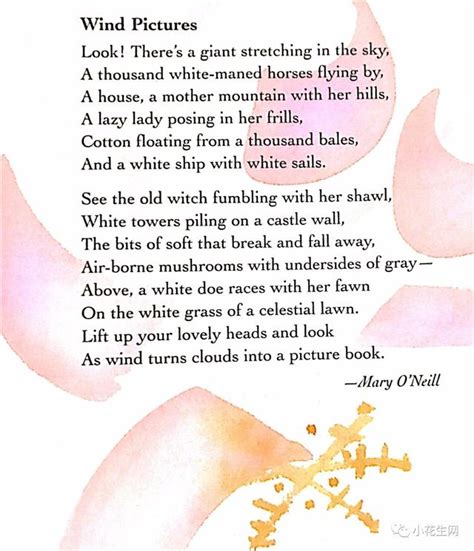Exploring the Repetition in English Poetry
Repetition is a fundamental technique in English poetry, often employed for various purposes, ranging from emphasizing key themes and ideas to creating rhythm and resonance within the verse. Let's delve into the different types and functions of repetition commonly found in English poetry.
1. Anaphora:
Anaphora involves repeating a word or phrase at the beginning of successive lines or clauses. This technique imbues the poem with a rhythmic quality and emphasizes the repeated phrase, drawing the reader's attention to its significance.
Example:
*"I have a dream that one day...*
*I have a dream that one day...*
*I have a dream that one day..."*
2. Epistrophe:
Epistrophe is the repetition of a word or phrase at the end of successive clauses or sentences. Like anaphora, it creates a rhythmic pattern and reinforces the repeated phrase, often for emphasis or dramatic effect.
Example:
*"When I was a child, I spoke as a child,*
*I understood as a child,*
*I thought as a child..."*

3. Anadiplosis:
Anadiplosis repeats the last word of one phrase or clause at the beginning of the next. This technique creates a connection between the two phrases and lends a sense of continuity to the poem.
Example:
*"Fear leads to anger. Anger leads to hate. Hate leads to suffering."*
4. Epanalepsis:
Epanalepsis repeats the initial word or phrase of a clause or sentence at the end. This repetition serves to highlight the central idea or theme of the poem, reinforcing its importance.
Example:
*"Water, water, everywhere,*
*And all the boards did shrink..."*
5. Polyptoton:
Polyptoton involves repeating a word in a different grammatical form. This technique adds depth to the poem by exploring various aspects or nuances of the repeated word.
Example:
*"His conscience accused him of guilt, so he sought consolation in confessing."*
Purpose of Repetition in English Poetry:
1.
Emphasis:
Repetition highlights key themes, ideas, or emotions, ensuring they resonate with the reader.2.
Rhythm:
Repetition creates a musical quality within the verse, enhancing its auditory appeal.3.
Memorability:
Repeated phrases are more likely to be remembered by readers, leaving a lasting impact.4.
Unity:
Repetition fosters coherence and unity within the poem, tying together disparate elements.Guidance for Using Repetition Effectively:
1.
Be Purposeful:
Ensure that repetition serves a specific function within the poem, whether it's emphasizing a theme or enhancing rhythm.2.
Avoid Overuse:
While repetition can be powerful, excessive repetition may dilute its impact. Use it judiciously.3.
Experiment:
Explore different types of repetition to discover which ones best suit the tone and style of your poem.4.
Consider Context:
The context of the poem should dictate the use of repetition. Tailor it to fit the overall theme and message.In conclusion, repetition is a versatile tool in the poet's arsenal, capable of enhancing the thematic depth, rhythmic flow, and emotional resonance of English poetry. By understanding its various forms and functions, poets can wield repetition effectively to craft verse that captivates and inspires readers.

